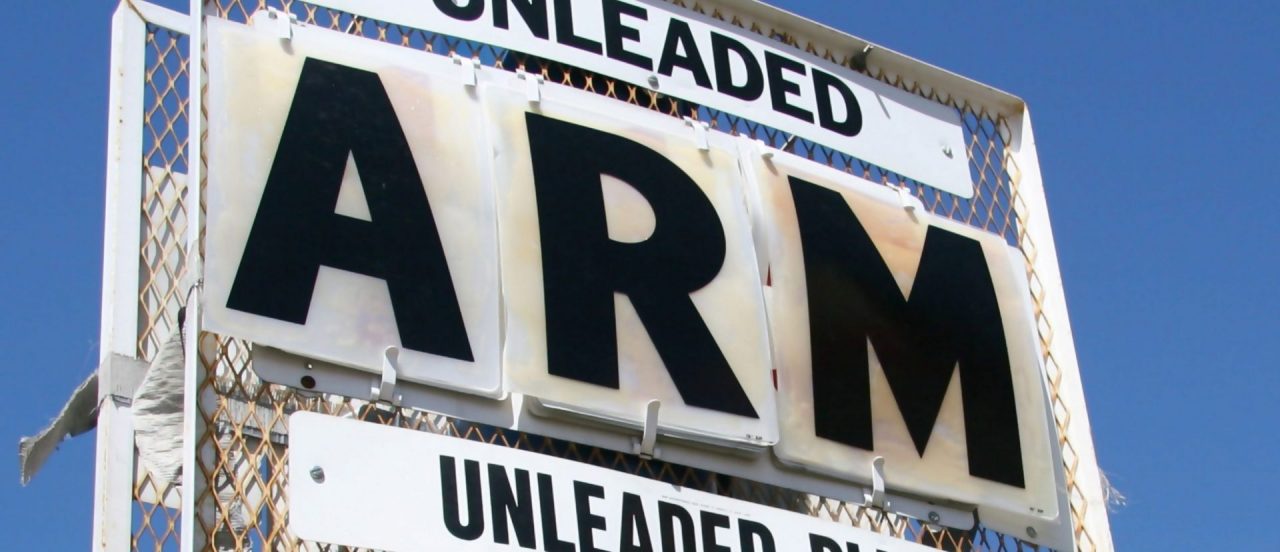Allegations of price gouging are ubiquitous in the wake of the COVID-19 pandemic. Since the late 1970s, 40 U.S. states have enacted price-gouging laws that restrict price increases during states of emergency. COVID-19 presents the longest and largest state of emergency triggering these laws. These laws are far from uniform across the states, and many consist of vague standards, resulting in significant uncertainty for sellers looking to comply with them. Nationwide sellers face legal and practical challenges navigating this patchwork of state laws during this unprecedented emergency. This article addresses some of the burdensome practical and legal challenges faced by business trying to navigate price gouging laws and offers several possible reforms that states could consider.
By Ann Marie O’Brien & Brady Cummins1
I. INTRODUCTION
On July 14, 2020, Colorado became the latest state to enact legislation explicitly prohibiting price gouging following emergencies. Currently, 40 U.S. states and the federal government have in place prohibitions against price gouging triggered by the COVID-19 pandemic. While initial widespread shortages of common household goods such as hand soap and toilet paper have subsided, the COVID-19 pandemic continues to cause demand spikes and supply shortages of essential products such as sanitizing products, face masks, and gloves which are used to prevent the spread of the virus. Supply shortages and food prices also remain a conce
...THIS ARTICLE IS NOT AVAILABLE FOR IP ADDRESS 216.73.216.22
Please verify email or join us
to access premium content!

